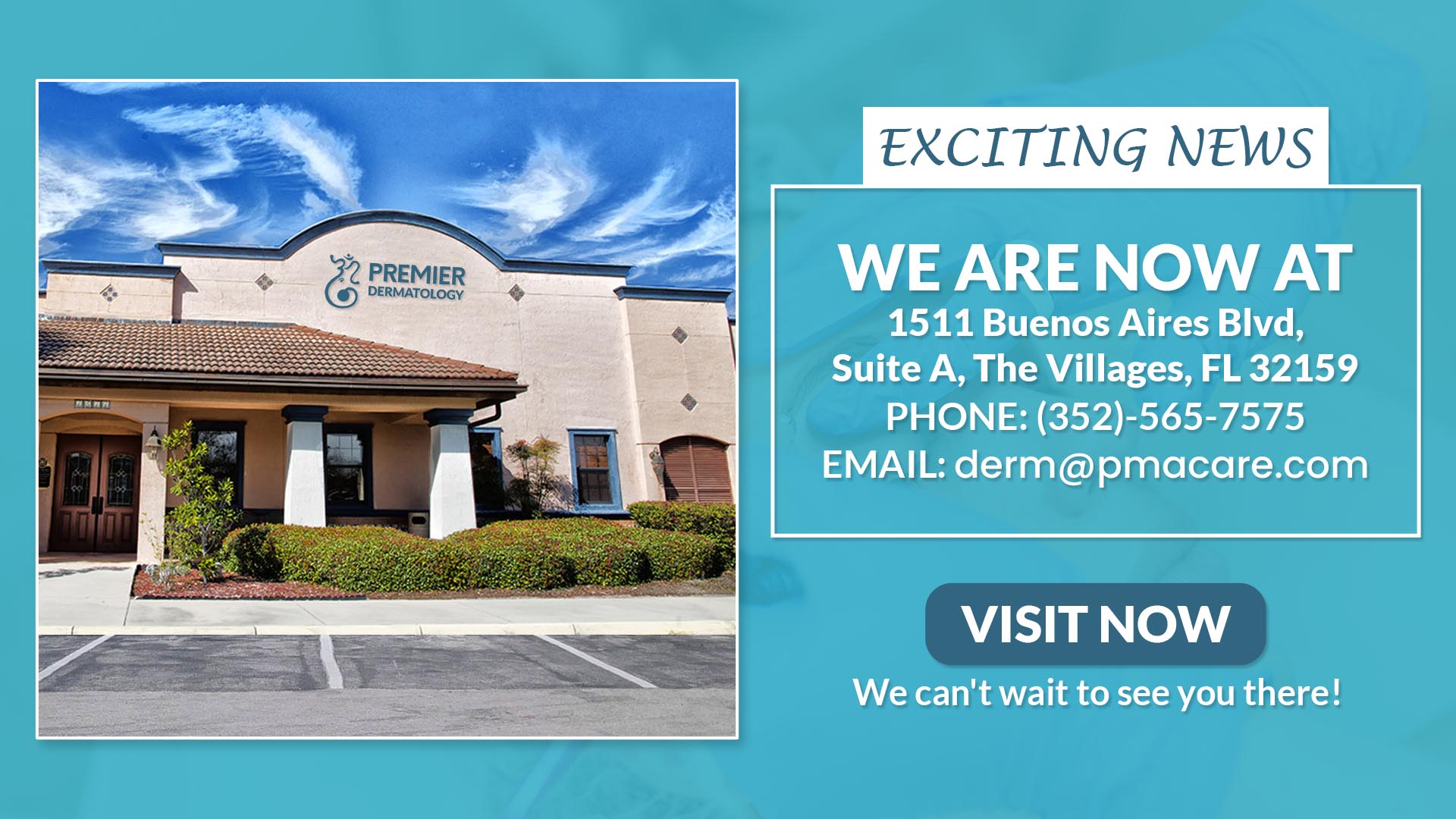Noticing unusual changes on your body can be alarming, especially when it comes to sensitive areas like the breast. According to Medical News Today, spots on the breast are typically symptoms of a rash or other skin condition, appearing red, dark brown, or purple. While these are often benign, in some cases, they can be associated with breast cancer.
It’s essential to understand that while the appearance of red spots can be concerning, they are often related to common skin issues. However, being aware of the potential causes and knowing when to seek medical advice is crucial.
Key Takeaways
- Red spots on the breast are usually symptoms of a rash or other skin conditions.
- Less commonly, these spots can be associated with certain types of breast cancer.
- Understanding the causes and being aware of when to seek medical attention is important.
- Most breast spots are benign and not a cause for concern.
- Early detection and diagnosis are key to addressing any potential health issues.
Understanding Red Spots on Breast: An Overview
Red spots on the breast can manifest due to various reasons, ranging from benign skin conditions to more serious health issues. The skin on your breast is similar to skin on other parts of your body, and most breast rashes occur due to the same conditions that affect your arms, legs, chest, and back. For more information on breast rashes, you can visit Cleveland Clinic’s resource on breast rash.
Common Characteristics and Appearances
Red spots on the breast can vary in appearance, size, and color. They may be flat or raised, and in some cases, they might be accompanied by other symptoms such as itching, pain, or discharge. Understanding the characteristics of these spots is crucial in determining their cause. For instance, red spots caused by contact dermatitis or allergic reactions are often itchy and may be accompanied by other skin reactions.
Differentiating Between Types of Spots
Differentiating between the types of red spots on the breast involves considering their characteristics and potential causes. While some spots may be due to benign conditions like heat rash or acne, others could be indicative of more serious conditions, including inflammatory breast cancer. It’s essential to monitor any changes and consult a healthcare professional if you’re unsure.
Common Non-Serious Causes of Red Spots
While red spots on the breast can be alarming, many are caused by benign conditions. These conditions are often easily treatable and may not require extensive medical intervention.
Contact Dermatitis and Allergic Reactions
Contact dermatitis is a common cause of red spots on the breast, often resulting from allergic reactions to substances such as soap, detergent, or certain fabrics. Symptoms can include redness, itching, and sometimes blistering. Avoiding the allergen and using topical creams can help alleviate symptoms.
Heat Rash and Sweat-Related Irritation
Heat rash, also known as prickly heat, occurs when sweat ducts are blocked, causing irritation and red spots. This condition is more common in warm weather or during intense physical activity. Keeping the area cool and dry can help prevent heat rash.
Acne and Folliculitis
Acne and folliculitis are other non-serious causes of red spots on the breast. Acne occurs when pores are clogged with oil and dead skin cells, while folliculitis is an inflammation of the hair follicles, often due to bacterial infection. Proper hygiene and topical treatments can help manage these conditions.
| Condition | Symptoms | Treatment |
|---|---|---|
| Contact Dermatitis | Redness, itching, blistering | Avoid allergen, topical creams |
| Heat Rash | Red spots, irritation | Keep area cool and dry |
| Acne/Folliculitis | Red spots, inflammation | Proper hygiene, topical treatments |
Infectious Causes of Breast Skin Changes
Red spots on the breast can be a sign of an underlying infection, which could be fungal, bacterial, or viral in nature. Infections can lead to a variety of skin changes, including redness, irritation, and rashes.
Fungal Infections
Fungal infections, such as yeast infections, can affect the breast skin, particularly in areas prone to moisture like beneath the breasts. Symptoms include a discolored rash that itches or pimples and patches that may ooze fluid. Keeping the area clean and dry is crucial in managing fungal infections.
Bacterial Infections
Bacterial infections can cause red spots or abscesses on the breast. These infections often result from bacteria entering the skin through cuts or abrasions. Symptoms may include redness, swelling, warmth, and pus. Antibiotics are typically used to treat bacterial infections.
Viral Rashes Affecting the Breast
Viral infections can also cause rashes on the breast. For example, herpes zoster (shingles) can cause a painful rash. Viral rashes may present with blisters or pustules and can be accompanied by systemic symptoms like fever. Treatment often involves antiviral medications.
In conclusion, various infectious agents can cause changes in the breast skin. Identifying the cause is crucial for appropriate treatment. If you suspect an infection, it’s essential to consult a healthcare professional.
Inflammatory Skin Conditions
Red spots on the breast can be a symptom of underlying inflammatory skin conditions that require proper diagnosis and treatment. These conditions can cause discomfort and affect the appearance of the skin.
Eczema and Psoriasis
Eczema, also known as dermatitis, is a common condition characterized by dry, red, itchy, and bumpy skin, particularly on the areola. Inflammatory breast cancer might sometimes be confused with eczema or other skin conditions, highlighting the importance of a proper diagnosis. Psoriasis is another inflammatory condition that can cause red, scaly patches on the breast skin.
Both eczema and psoriasis can be triggered by various factors, including stress, environmental changes, and skin irritation. Managing these conditions often involves a combination of topical treatments, lifestyle changes, and avoiding known triggers.
Other Inflammatory Dermatological Conditions
Besides eczema and psoriasis, other inflammatory skin conditions can affect the breast. These include contact dermatitis, caused by skin contact with irritants or allergens, and conditions like hidradenitis suppurativa, which involves painful lesions.
Understanding the specific condition and its causes is crucial for effective treatment. Treatment options can range from topical creams and oral medications to changes in daily habits.
“Accurate diagnosis is key to managing inflammatory skin conditions effectively,” emphasizes the importance of consulting a healthcare professional for red spots on the breast.
Hormonal Influences on Breast Skin
Hormonal fluctuations can significantly impact the skin on the breast, leading to various changes. These changes are often associated with different stages of life, such as pregnancy, lactation, and menopause.
Pregnancy and Lactation Effects
During pregnancy, the body undergoes significant hormonal changes, which can affect the skin on the breast. Some women may experience stretch marks or darkening of the nipple-areola complex. Lactation can also lead to breast skin changes, including mastitis, a painful swelling of the breast that occurs most often in those who are breastfeeding.
Menstrual Cycle and Menopause Changes
The menstrual cycle can cause fluctuations in hormone levels, potentially leading to breast tenderness and skin changes. During menopause, the decrease in estrogen levels can cause changes in the breast skin, including thinning and loss of elasticity. Understanding these hormonal influences can help women better manage their breast health during different life stages.
When Red Spots Might Indicate Breast Cancer
While many red spots on the breast are harmless, some can be a sign of a more serious condition like breast cancer. It’s essential to be aware of the different types of breast cancer and their symptoms to know when to seek medical attention.
Inflammatory Breast Cancer Warning Signs
Inflammatory breast cancer (IBC) is a rare and aggressive form of breast cancer that can cause changes in the breast skin, including redness and swelling. IBC develops when cancer cells block the lymph vessels in the skin of the breast, leading to inflammation. Key warning signs include:
- Redness or discoloration of the breast
- Swelling or enlargement of the breast
- Warmth or tenderness to the touch
- A heavy or achy feeling in the breast
These symptoms can appear quickly, often within weeks or months, and can affect a larger area of the breast. Unlike other forms of breast cancer, IBC may not cause a distinct lump.
Paget’s Disease of the Nipple
Paget’s disease of the nipple is a rare form of breast cancer that primarily affects the skin of the nipple and, sometimes, the areola. It is often associated with an underlying breast cancer, either ductal carcinoma in situ (DCIS) or invasive breast cancer. Symptoms may include:
- Nipple discharge, crusting, or scaling
- Redness or inflammation around the nipple
- A flattened or inverted nipple
- A lump in the breast
Paget’s disease of the nipple can be mistaken for benign skin conditions, making it crucial to seek medical evaluation if these symptoms persist or worsen.
Being aware of these warning signs can help in early detection and treatment. If you’re experiencing any unusual changes in your breast, it’s always best to consult a healthcare professional.
Other Serious Conditions to Consider
It’s crucial to be aware of the serious conditions that could cause red spots on the breast, as some of these conditions require prompt treatment. While many causes are benign, understanding the more severe possibilities is essential for proper care.
Mastitis and Breast Abscess
Mastitis is a painful inflammation of the breast, often occurring in lactating women. It can cause redness, swelling, and fever. If left untreated, mastitis can lead to a breast abscess, a localized collection of pus that may require drainage. Symptoms of a breast abscess include a tender, swollen area, and in severe cases, fever and chills. Treatment typically involves antibiotics, and in some cases, surgical drainage.
Rare but Significant Conditions
There are several rare but significant conditions that can cause red spots on the breast. These include:
- Inflammatory breast cancer, a rare and aggressive form of breast cancer that can cause redness and swelling.
- Paget’s disease of the nipple, a rare condition that affects the skin of the nipple and sometimes the areola.
- Rare skin conditions like cutaneous lymphoma or sarcoma that can manifest on the breast.
While these conditions are rare, being aware of their symptoms can help in early detection and treatment.
When to Seek Medical Attention
It’s essential to know the signs that indicate you should seek medical attention for red spots on your breast. While many causes are benign, certain symptoms can signal a more serious condition that requires prompt medical evaluation.
Emergency Warning Signs
If you experience any of the following emergency warning signs, seek immediate medical attention:
- Severe pain or tenderness in the breast
- Rapidly spreading redness or swelling
- High fever or chills
- Pus or discharge from the nipple or a sore on the breast
- Difficulty breathing or feeling unwell
These symptoms could indicate a severe infection or other serious conditions that need urgent care.
Symptoms That Warrant a Doctor’s Visit
Even if your symptoms don’t seem like an emergency, certain signs should still prompt a visit to your doctor:
- A red spot or rash that persists or grows
- Changes in the skin such as thickening, dimpling, or puckering
- Nipple discharge or changes in the nipple’s appearance
- Persistent itching or discomfort
If you’re unsure about the cause of red spots on your breast or if they concern you, it’s always best to consult with a healthcare professional for proper evaluation and advice.
Diagnosis Process for Breast Skin Issues
To determine the cause of red spots on your breast, your doctor will likely start with a physical examination. This initial assessment is crucial for identifying the underlying cause of the skin changes.
What to Expect During Examination
During the physical examination, your doctor will visually inspect your breasts and may perform a manual examination to check for any abnormalities. They will look for characteristics such as the size, color, and texture of the red spots, as well as any other symptoms like itching or pain.
Common Diagnostic Tests
Depending on the initial findings, your doctor may order additional diagnostic tests. These can include:
- Skin scrapings to check for fungal or bacterial infections.
- Biopsy to examine a sample of the affected skin more closely.
- Blood tests to rule out underlying conditions that could be causing the skin changes.
Questions Your Doctor May Ask
Your doctor will also ask you a series of questions to help narrow down the cause. These may include:
- When did you first notice the red spots?
- Have you experienced any other symptoms like itching or pain?
- Have you recently changed your skincare products or laundry detergent?
Providing detailed answers to these questions will help your doctor make an accurate diagnosis and develop an effective treatment plan.
Treatment Approaches for Red Spots on Breast
Addressing red spots on the breast effectively requires a comprehensive treatment strategy. The approach to treatment depends on identifying the underlying cause of the red spots, which could range from non-serious skin irritations to more serious conditions.
Home Remedies and Self-Care Strategies
For mild cases, home remedies and self-care strategies can provide relief. These may include keeping the affected area clean and dry, applying cool compresses to reduce itching and inflammation, and avoiding irritants that can exacerbate the condition. Over-the-counter (OTC) creams or ointments, such as hydrocortisone cream, can help alleviate symptoms.
It’s also beneficial to wear loose, breathable clothing to reduce irritation and allow the skin to heal. Avoiding harsh soaps and detergents is crucial, as these can strip the skin of its natural oils and worsen the condition.
Medical Treatments and Medications
If home remedies are not effective, or if the condition is more severe, medical treatments and medications may be necessary. For infections, antibiotics or antifungal medications might be prescribed. In cases of inflammatory skin conditions like eczema or psoriasis, topical corticosteroids or other specific treatments may be recommended.
It’s essential to consult a healthcare professional for a proper diagnosis and to discuss the most appropriate treatment options. They can provide guidance on the best course of action based on the specific cause and severity of the red spots.
Treatment Based on Underlying Cause
The underlying cause of the red spots plays a significant role in determining the treatment. For instance, if the red spots are due to an allergic reaction, avoiding the allergen and possibly using antihistamines can help. In cases where the red spots might be indicative of a more serious condition, such as inflammatory breast cancer, prompt medical attention is crucial.
Understanding the cause allows for a more targeted and effective treatment plan, emphasizing the importance of a professional diagnosis.
Conclusion
Red spots on the breast can be caused by a variety of factors, ranging from minor skin irritations to more serious health conditions. While a red spot is more likely to be a pimple, bug bite, or rash than a sign of breast cancer, it’s essential to be aware of the different possible causes and to seek medical attention if you have concerns.
Understanding the characteristics and potential causes of red spots on the breast is crucial for determining the best course of action. By being informed and taking proactive steps, individuals can address their concerns and receive appropriate treatment if necessary.
In summary, while red spots on the breast are often not a cause for alarm, it’s always better to err on the side of caution and consult a healthcare professional if you’re unsure about the cause or if you experience any unusual symptoms.


